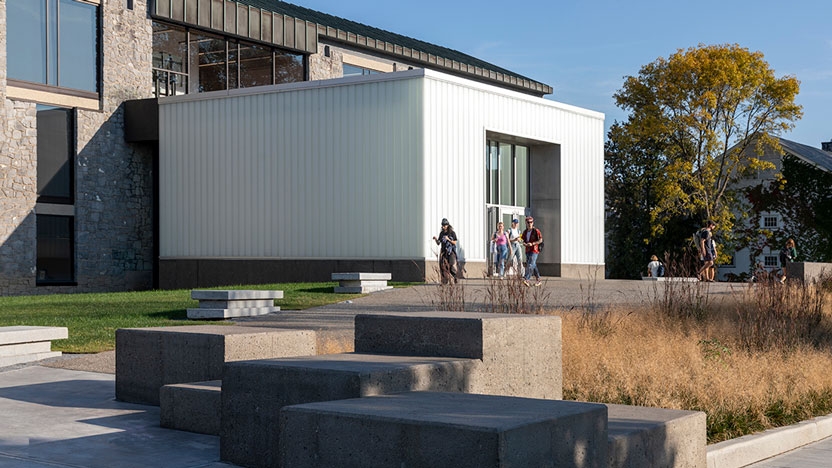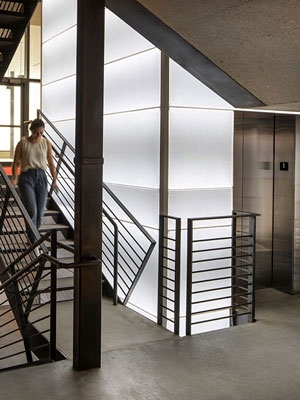Celebrating Inclusive Design
Inclusive Design for teaching and learning encourages educators to provide multiple methods of presentation, expression, engagement, and assessment.
Its goal is to create learning opportunities for all students while maintaining high expectations for performance.
Read more about Inclusive Design in the academic environment and the Inclusive Design for Learning Award from the Center for Teaching, Learning, and Research.
2022-23 Award Recipient
Congratulations to Tanya Byker (Economics) for being the first recipient of Middlebury’s Inclusive Design Award, sponsored by AGDAI and the CTLR!
Out of a rich pool of talented faculty, Tanya was selected for her pedagogical design choices in ECON 211: Regression Analysis. Nominators noted Tanya’s attention to creating a learning environment that prioritizes clarity and accessibility. Students appreciated being able to access course content, engage in class activities, and complete assessments in a variety of modalities. They also emphasized Tanya’s extra efforts to make lecture materials and Office Hour consults widely available to all. We celebrate our colleague for her work as an inclusive teacher and the positive impact she has on her students. Congratulations, Tanya, and thank you.
Pedagogy and Curricular Development
Below are excerpts from a discussion between Susan Burch (American Studies) and Lindsay Repka (Chemistry and Biochemistry), who was nominated for the CTLR-AGDAI inclusive design for learning award. See the full responses.
What has been the impact of applying inclusive design practices to course development and teaching?
There’s mainly less confusion than there was when I started teaching at Middlebury. I think inclusive design helps a lot because I’m focusing on concepts rather than focusing on “we need to get through this list of things.” I’m also figuring out how better to explain things, what to focus on, and it seems like the students are understanding it more.
How has using multiple modalities for teaching and learning been?
I’ve really enjoyed using multiple modalities, especially for assignments. I think it is really beneficial to vary what we’re doing within the class. I ask them questions, and they ask questions during lecture, but I like the variety of also having in-class practice with worksheets. I think it helps keep them engaged, and then I can go around and make sure they’re understanding it, one-on-one.
Do you have examples of assignments where flexibility or choice were applied?
My favorite ones have been the projects we’ve done with the Addison Independent. Two were for a biochemistry class including one on COVID. We also did one on cancer with my first-year seminar. And for the COVID project, which was in fall of 2020, there were about 20 components. We discussed ideas in class, the types of things the students were thinking about, but they decided what they were going to focus on. For example, some students did the data analysis for a survey that we ran of the town. I had students explaining how COVID works, going into the biochemistry of that; students were writing about how racism ties into the COVID experience. They had a lot of choice, both in what they focused on and also the format. Some students made a video, some were writing articles…. they get to go in directions that align with what they’re most interested in.
Around the Campus
Inclusive design in our buildings around campus is also worth celebrating. The 2023 renovation of the Johnson Memorial Building—a major hub for the visual arts, design, and creativity at Middlebury—was intentionally focused on making the space universally accessible.

From the gently sloped exterior plaza entry, which provides access for all, regardless of ability, to the glowing elevator that offers immediate access to all levels and spaces of the building, Johnson is an excellent and beautiful example inclusive design. Other features include:

- Ten single-user, ADA-sized toilet rooms
- Color-coding by floor level—including stairwell doors, accent walls
- Braille signage
- ADA-compliant door hardware and touch-release cabinetry
- Universally accessible side entrances
- Open, clear sightlines from the lobby through the building to improve orientation, wayfinding, and access

